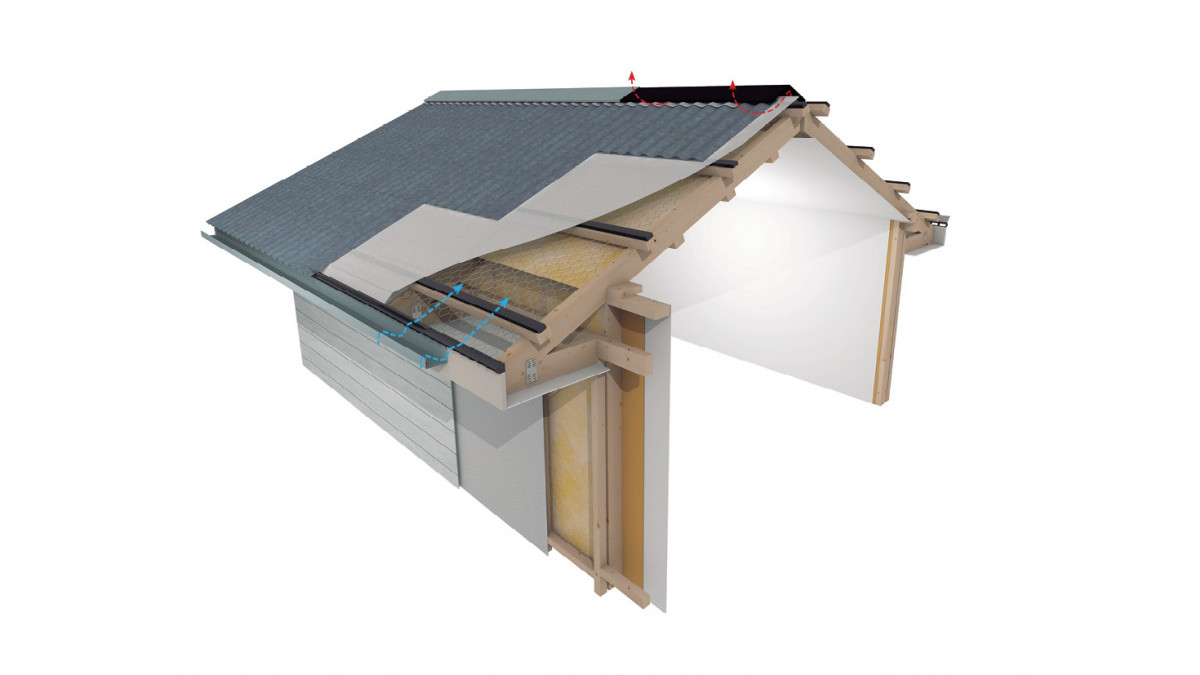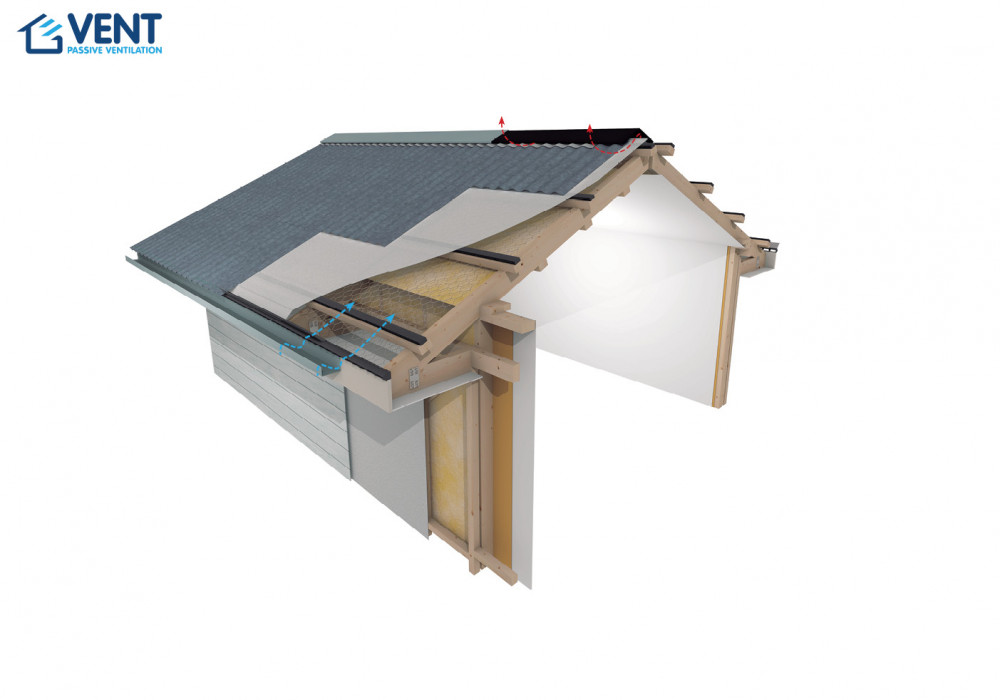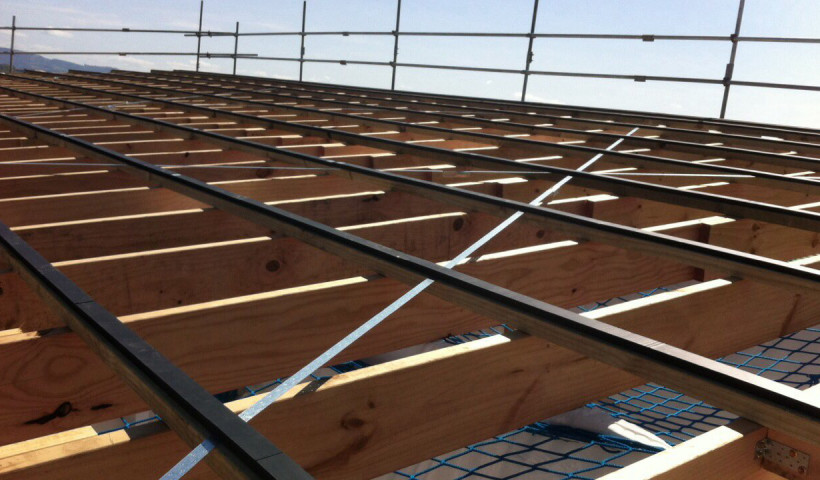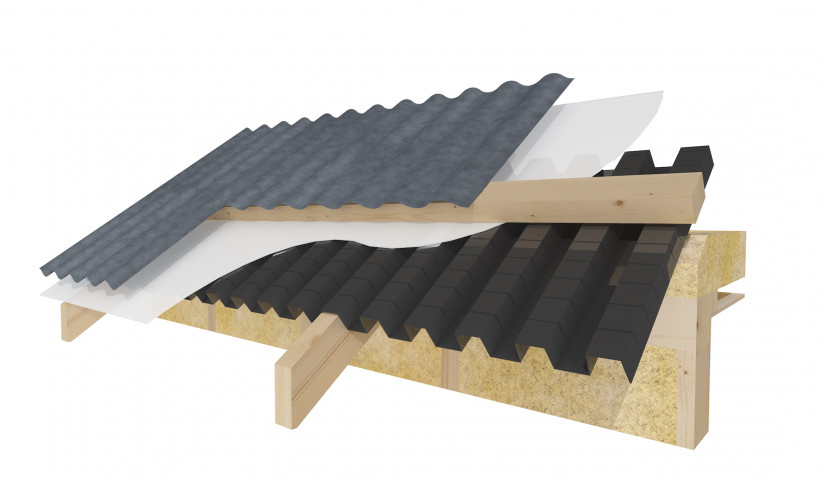
With a narrower cavity than traditional pitched roofs, skillion roofs are known to have a higher risk of moisture accumulation within the roof space. To combat that risk, both the Metal Roofing Manufacturers Association of New Zealand and BRANZ highly recommend ventilating skillion roofs.
Vent, a leading supplier of ventilation products in New Zealand, has developed two passive ventilation systems for skillion roof designs — specifically tailored to the different requirements of pitched skillion roofs and mono pitched skillion roofs (refer to July's article).
For a pitched skillion roof of any degree pitch, Vent recommends installing a three product combination — a Vent Over Fascia Vent, Vent Ventilated Battens and a Vent Ridge Vent:
- Firstly, the Vent Over Fascia Vent – G2500N is fitted to the top of the fascia to allow calculated airflow of 25,000mm² per linear metre into the roof cavity.
- Secondly, Vent ventilated battens are applied to each purlin, ensuring unimpeded airflow through the centre of the roof cavity.
- Lastly, applied to the apex of the roof, the Vent Ridge Vent creates negative pressure to draw consistent and constant airflow through the roof and allow warm, moist air to escape the roof cavity.
Based on international best practice, this three product passive ventilation system ensures that the roof space and insulation remain dry, preventing the occurrence of damp, mould and rot.
"Vent is a New Zealand company that understands and applies the ventilation science that is required to adequately ventilate skillion roofs," says James Johnston, Vent's Commercial Manager. "Applying Vent systems and products will improve durability and mitigate the risk of internal moisture build-up and associated issues caused by internal moisture."
Johnston adds that Vent's passive ventilation systems are also cost effective, easy to install and require no further maintenance — using only free and fresh air.
To see Vent's passive ventilation systems for other cold roof designs, including mono pitched skillion roofs, take a look at their previous articles or view their product catalogue.













 New Products
New Products
















 Popular Products from VENT
Popular Products from VENT


 Most Popular
Most Popular


 Popular Blog Posts
Popular Blog Posts
